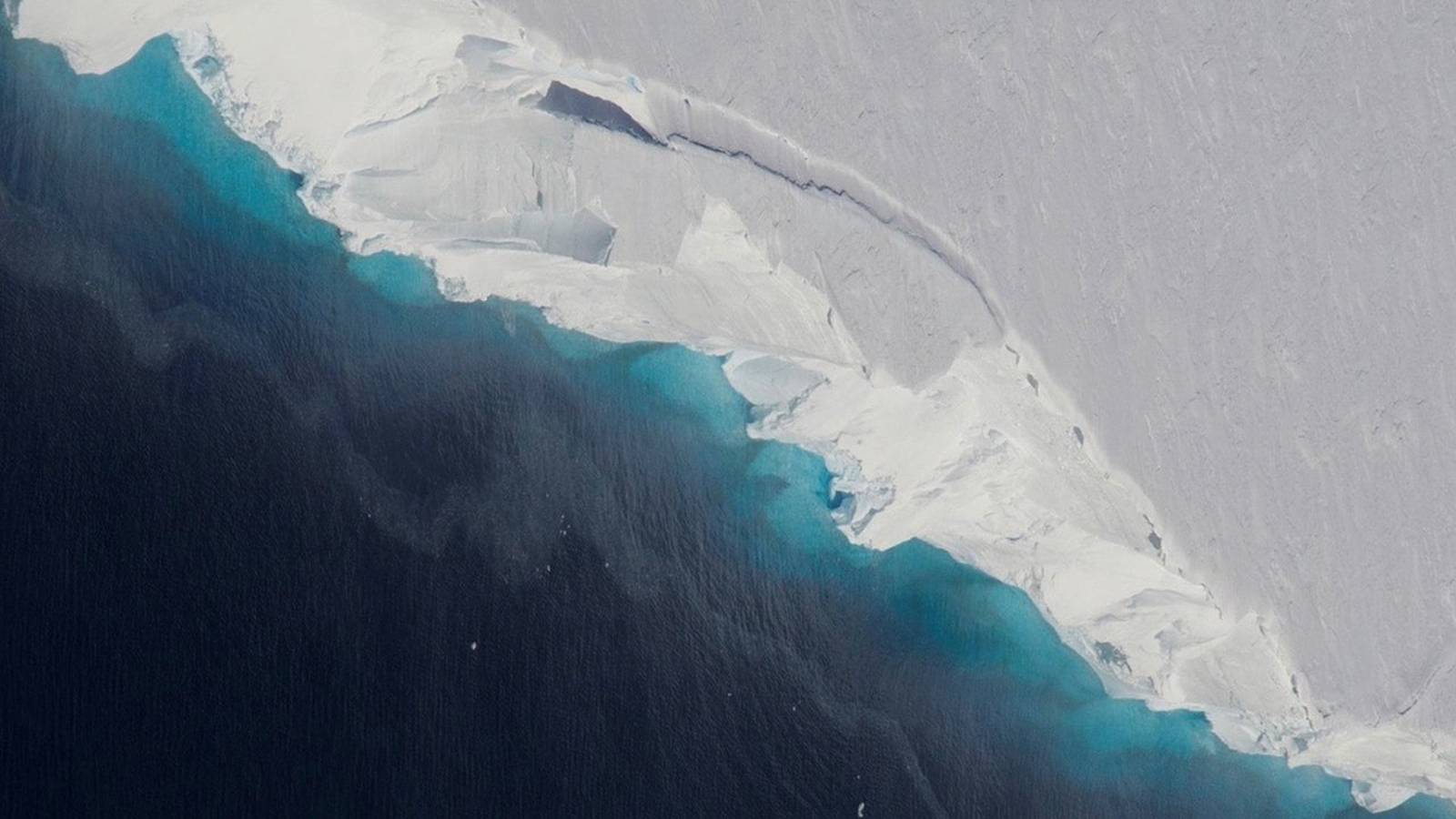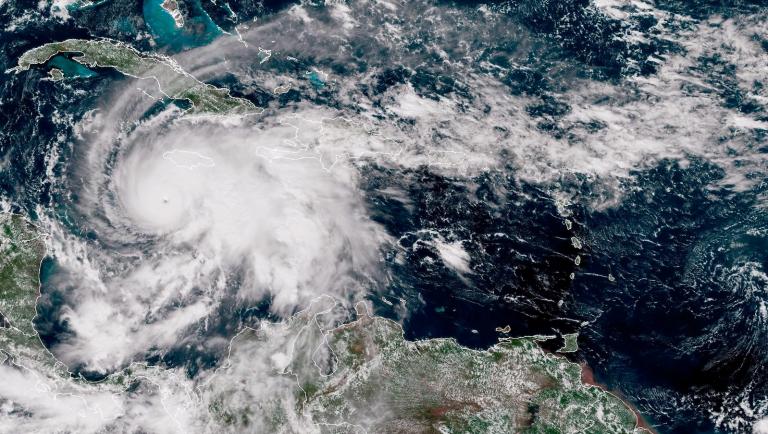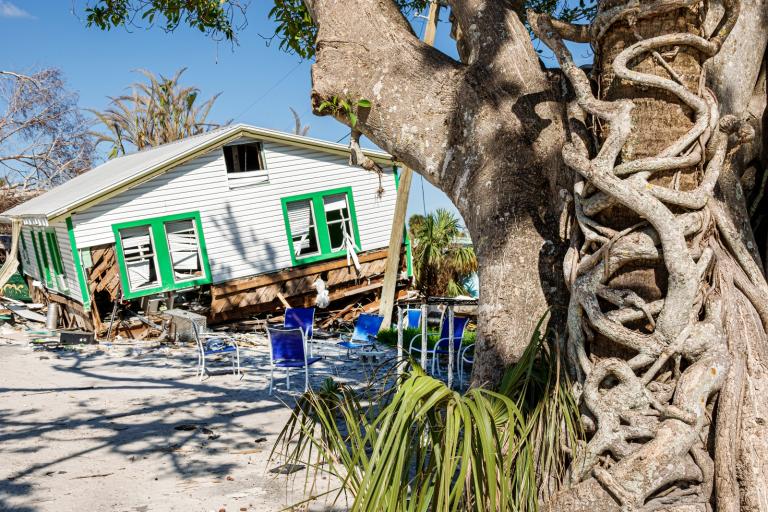Over the past decade, scientists studying sea level rise have turned their attention to western Antarctica, where one of the world’s largest glaciers has dumped over a trillion tons of ice into the ocean since the early 2000s. The Thwaites glacier has been referred to as the “doomsday glacier” because its complete collapse could raise global sea levels by as much as 10 feet.
Whether and when this collapse happens depends in large part on how fast Thwaites’ so-called grounding line — the bottom part of a glacier where ice, rock, and ocean meet — is eroded. This process is called glacier retreat, and scientists have long viewed it as typically being a slow process that can extend over millennia. However, a new study published Monday in the journal Nature Geoscience has upended those beliefs.
A team of researchers led by marine geophysicist Alastair Graham at the University of South Florida’s College of Marine Science found that during the past two centuries, the glacier’s grounding line has retreated much more rapidly than previously thought. During one 5.5-month period, for example, the body of ice eroded at a rate of 2.1 kilometers per year — twice the rate observed by satellites between 2011 and 2019.
These findings suggest that, in the future, the glacier’s retreat may be more rapid and unpredictable than scientists have hitherto expected. This only adds to worries that warming seas will push Thwaites to a tipping point of irreversible collapse and destabilize the surrounding West Antarctic ice sheet, with dire consequences for global sea level rise.
“Thwaites is really holding on today by its fingernails, and we should expect to see big changes over small timescales in the future — even from one year to the next — once the glacier retreats beyond a shallow ridge in its bed,” marine geophysicist and study co-author Robert Larter from the British Antarctic Survey said in a press release.
Glaciers are complex geological systems influenced by the interaction of land and sea. Those like Thwaites that terminate at the ocean are held back by giant ice shelves, floating platforms that form when ice flows down the land-based glaciers and pools over the ocean. Rising ocean temperatures have led to the weakening and fragmenting of these vital support structures: Last year, scientists reported that the ice shelf surrounding Thwaites could collapse within the next five years. The loss of the ice shelf means that the glacier must rely more heavily on the seafloor for stabilization.
That’s why the team of scientists led by Graham decided to focus their efforts on the grounding line where the glacier breaks off from the ocean floor. Their goal was to gather data on how fast that line has moved in the past, in order to make projections about its future.
Understanding events in the pre-satellite era requires measuring geological remnants of prior events. In the case of Thwaites, that means tracking the rib-like ridges that formed along the ocean floor from the glacier’s past retreat. To do this, the researchers dispatched a robot to capture high-resolution images of the seafloor in front of the glacier. Using those images, the researchers identified 160 parallel ridges that were created “like a footprint” by the glacier front as it retreated, moving with the daily tides. What surprised the scientists most was the speed at which these ridges were created, with rapid periods of retreat happening as recently as 50 years ago.
While these results throw Thwaites’ future into greater question, Graham underscored that it is not too late to address the primary factor influencing the glacier’s retreat: rising ocean temperatures.
“It’s got the potential to become the doomsday glacier, but we’re not quite there yet,” he told Grist, adding that cutting global greenhouse gas emissions has the potential to reduce the rate at which the ocean is warming. “We still have, to some extent, some control over what Thwaites does.”



